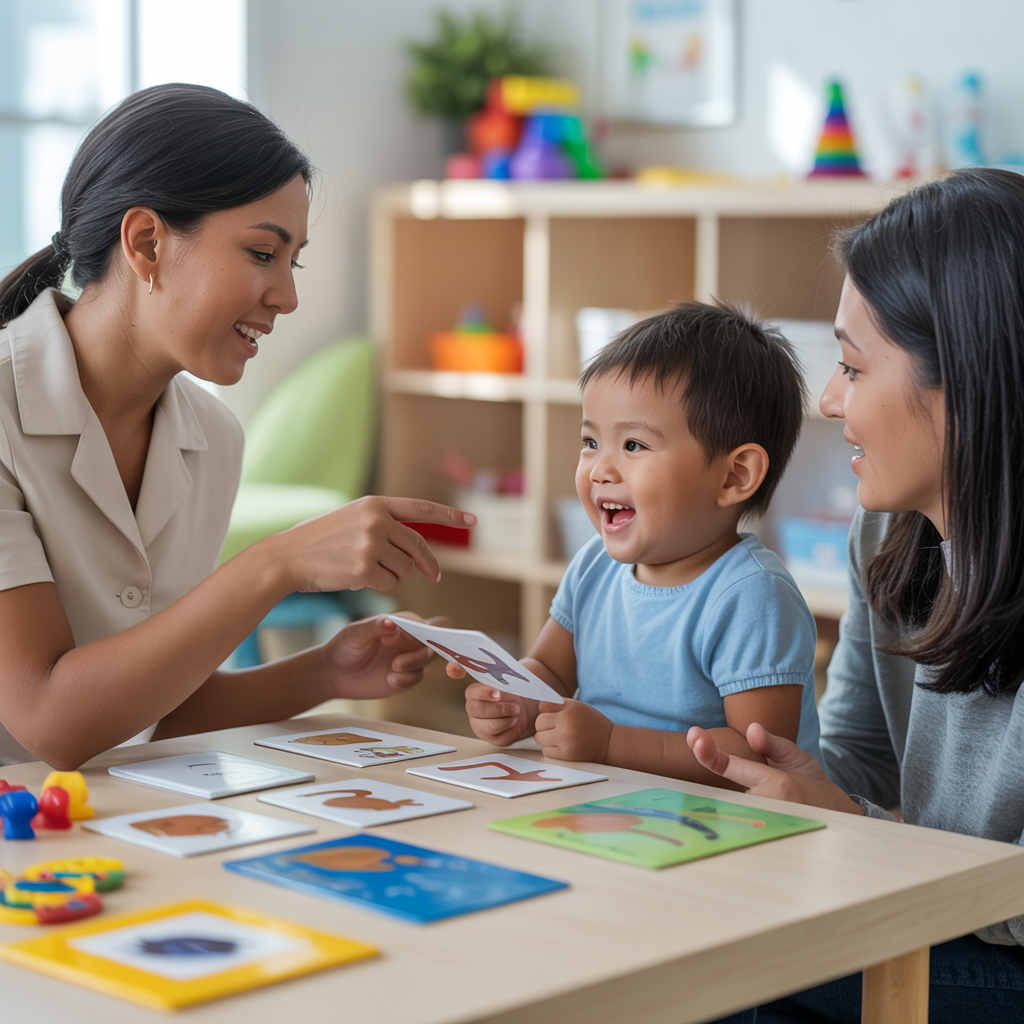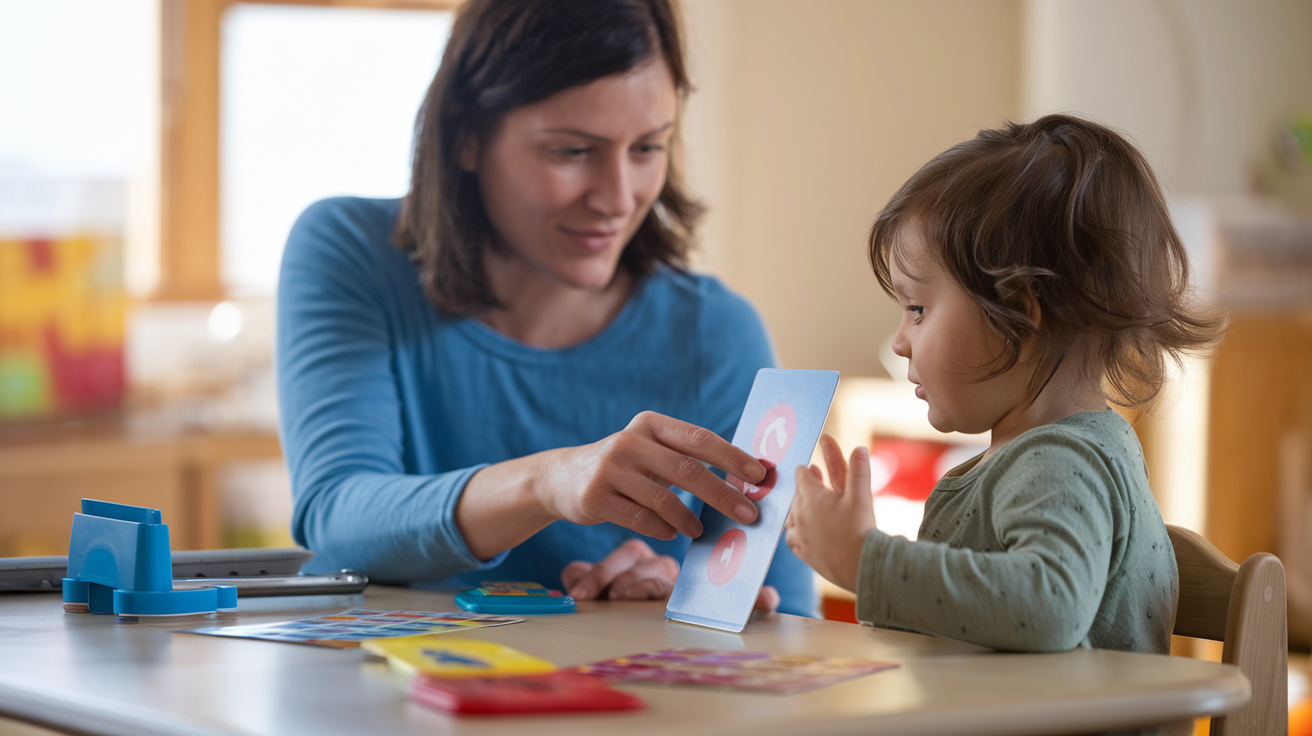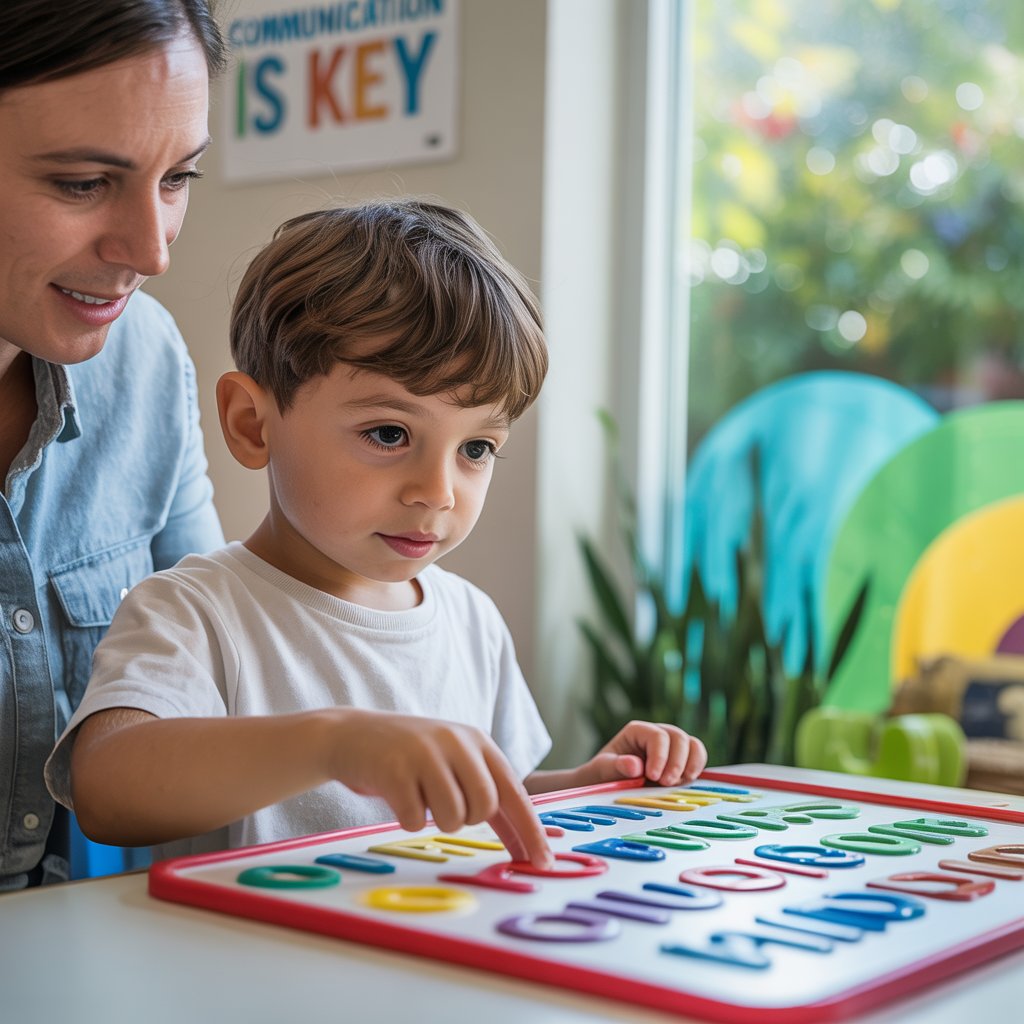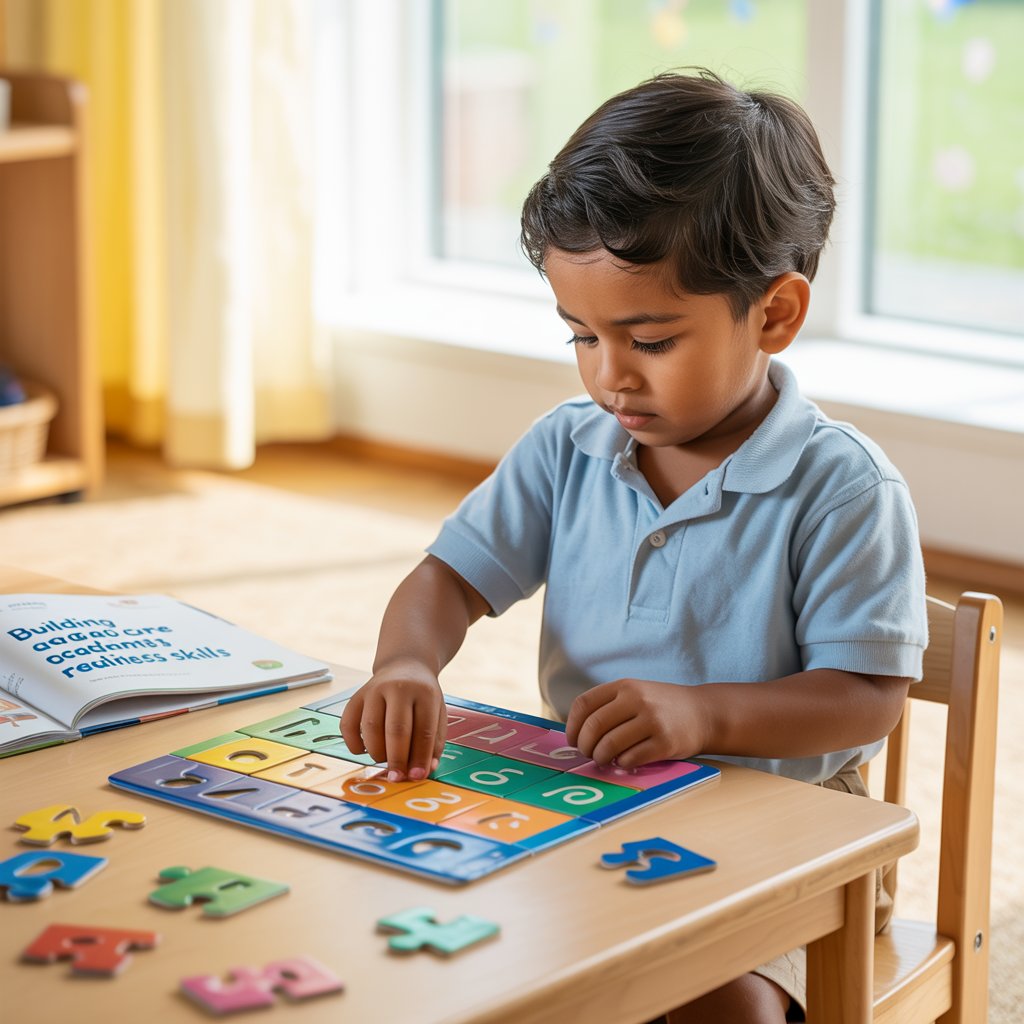AAC and Speech Therapy Tools That Truly Work

Communication barriers are often one of the biggest challenges for individuals with autism. That's where speech and language therapy (SLT) comes in - not just as a nice-to-have but as a cornerstone of effective autism treatment.
Most SLT approaches today focus on functional communication rather than perfect speech. Therapists work with children as young as 2 years old, using play-based techniques that feel like fun rather than work. These sessions might involve:
- Verbal behavior therapy - breaking down language into manageable pieces
- Naturalistic developmental behavioral interventions - teaching language in everyday contexts
- Social stories - using narratives to explain social situations
Parents aren't just observers in this process. They're active partners, learning techniques to practice at home where the real reinforcement happens. This consistency is what transforms occasional therapy sessions into life-changing results.
Augmentative and Alternative Communication (AAC)
Not everyone communicates through speech, and that's perfectly okay. AAC systems bridge that gap brilliantly for many autistic individuals.
AAC ranges from simple to sophisticated:
- Low-tech options: Communication boards, picture cards, and written words
- High-tech solutions: Speech-generating devices, tablets with specialized apps, and eye-tracking technology
The myth that AAC discourages verbal language development has been thoroughly debunked. Research actually shows the opposite - AAC often serves as a bridge to spoken language by reducing frustration and building confidence.
Take 8-year-old Marco who couldn't speak at age 5. After using a tablet-based AAC system for six months, he began combining vocal sounds with his device. By age 7, he was speaking in short phrases.

Picture Exchange Communication System (PECS)
PECS takes communication back to basics in the most brilliant way. This six-phase system teaches children to exchange picture cards for desired items, eventually building toward spontaneous communication.
The beauty of PECS lies in its simplicity:
- Physical exchange - learning to hand over a picture to request something
- Expanding distance - working harder to communicate
- Discrimination - choosing between pictures
- Sentence structure - combining "I want" with item pictures
- Answering questions - responding to "What do you want?"
- Commenting - sharing observations and thoughts
PECS works because it's concrete, visual, and immediately rewarding. Kids see the direct connection between communication and getting their needs met. For many families, watching their child independently request something for the first time using PECS is a moment they never forget.







